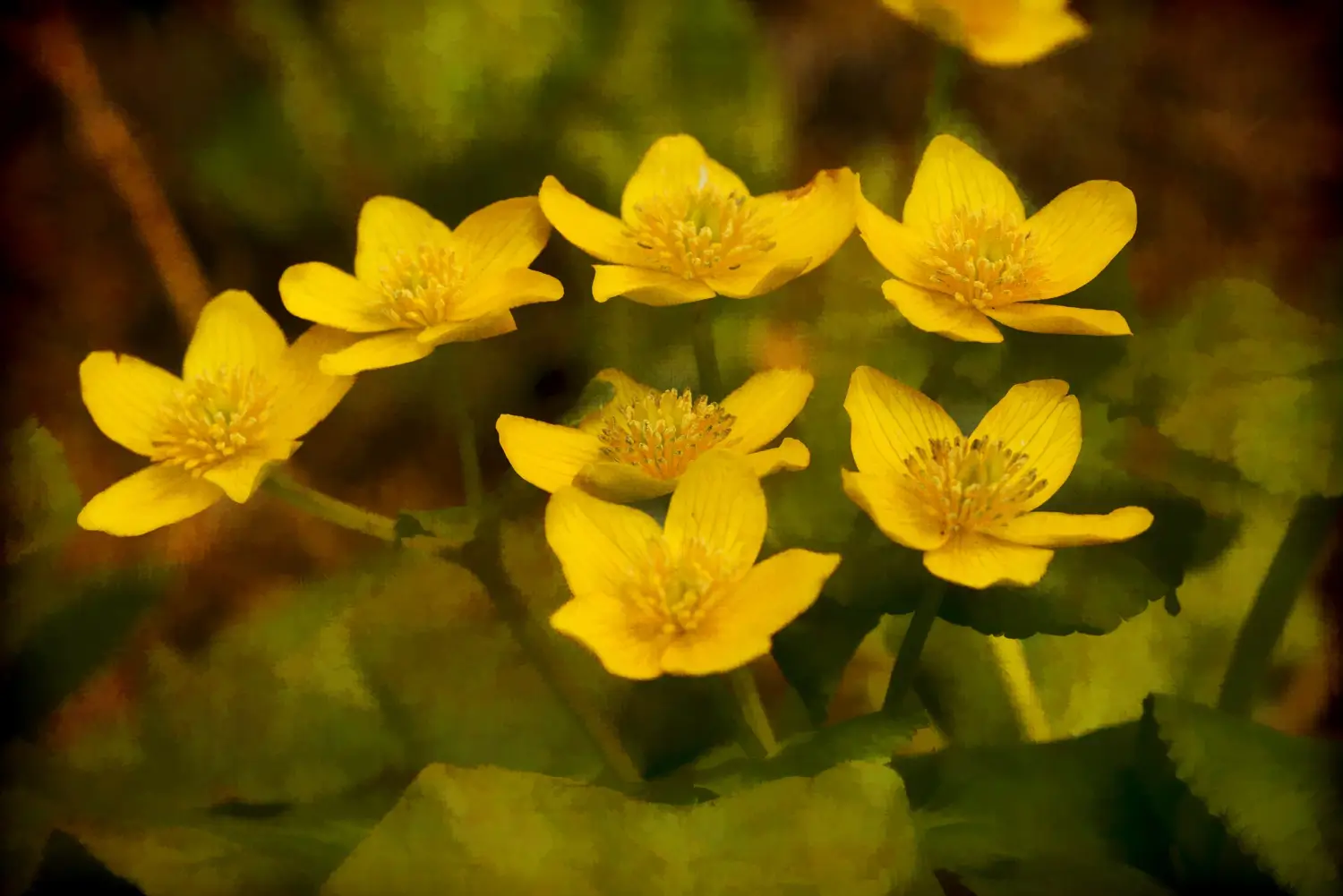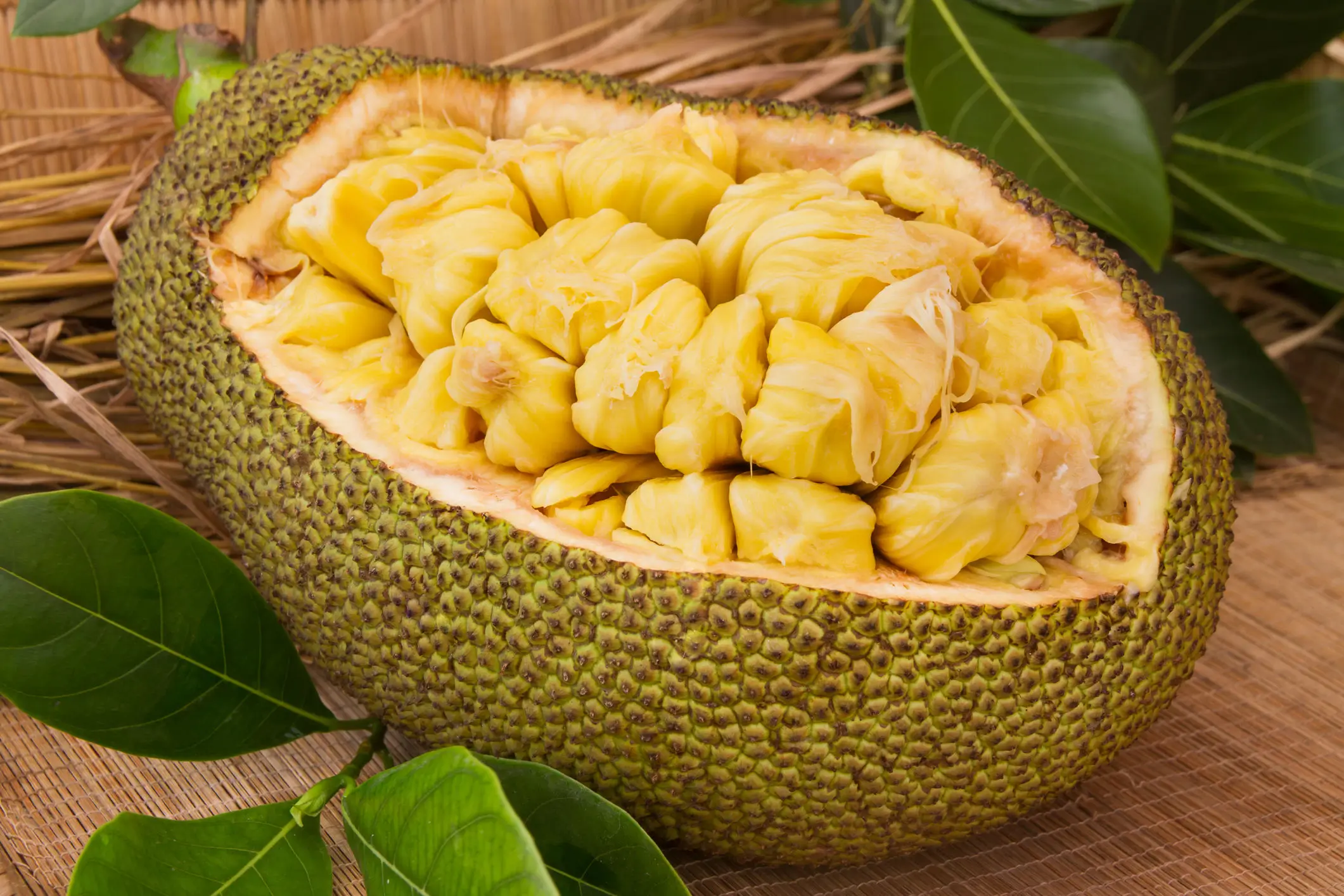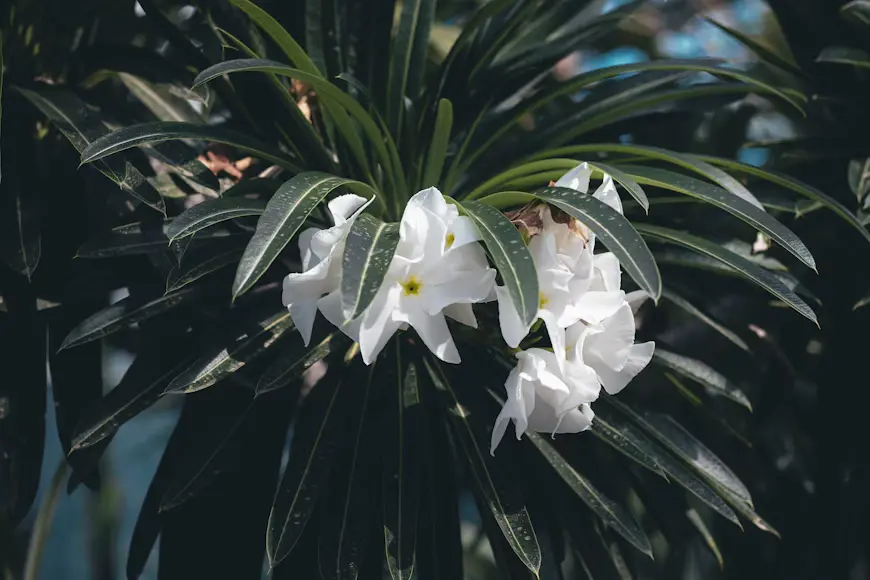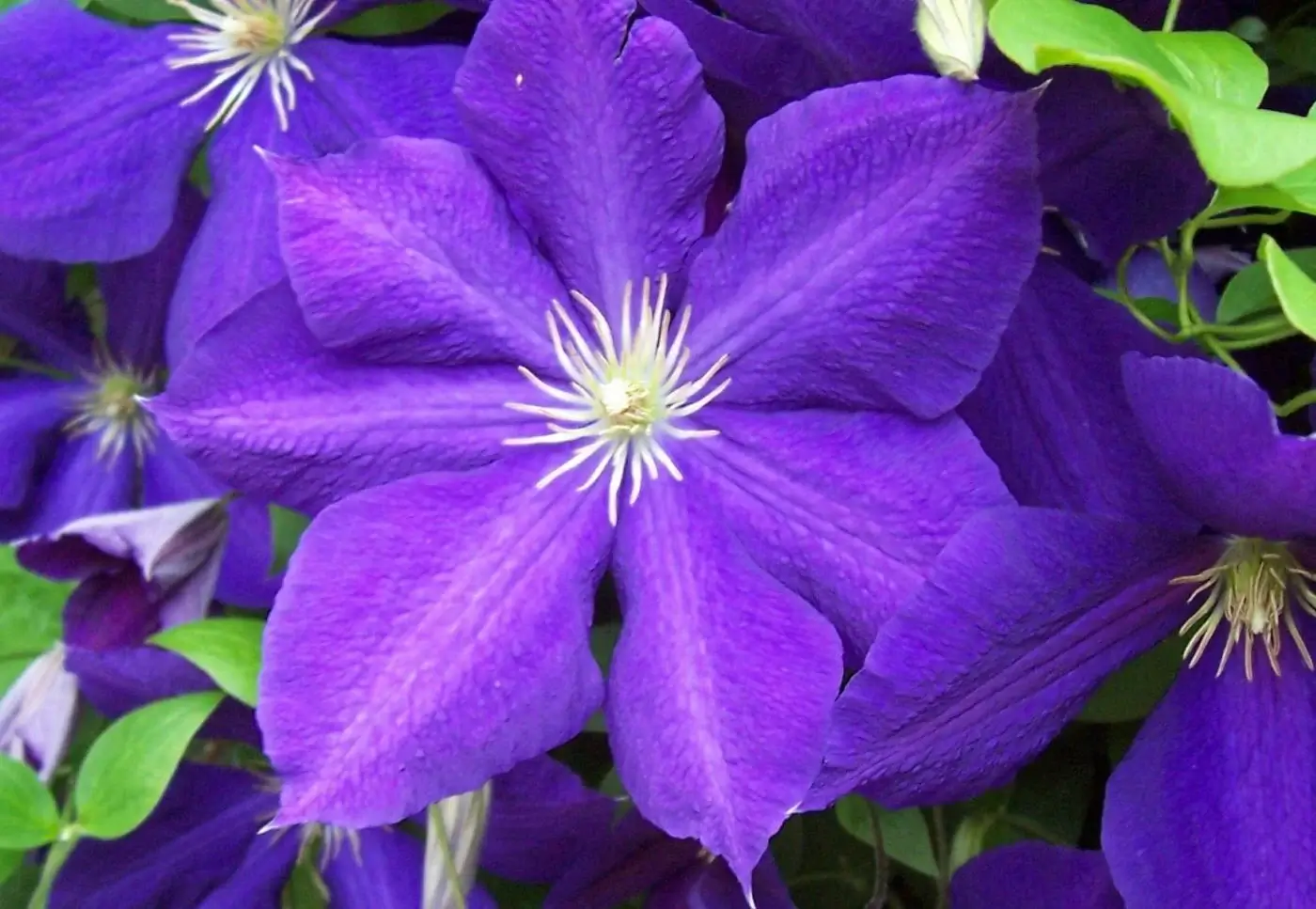
Soil Health & Fertilization
We unite suppliers and green industry professionals worldwide
That’s the quiet beauty of the Sagebrush Buttercup (Ranunculus glaberrimus). As delicate as it looks, this little perennial is tough, adapted to the rugged rhythms of high desert life.
By Victor Miller
|Published on June 12, 2025


“What if the first blossom of spring was not a crocus or daffodil, but a buttercup blooming beneath a sagebrush canopy?”
That’s the quiet beauty of the Sagebrush Buttercup (Ranunculus glaberrimus). One of the first wildflowers to bloom after winter’s retreat, it is a small but attention-grabbing feature of dry, open woodlands and sagebrush steppe throughout the western U.S. and Canada. As delicate as it looks, this little perennial is tough, adapted to the rugged rhythms of high desert life.
Its glossy, bright yellow flowers bloom low to the ground, sometimes with some snow still lingering nearby. It’s one of the few wildflowers to bloom before the competition, offering pollinators their first taste of nectar of the year. Sagebrush Buttercup, even though it’s not commonly grown in home gardens, belongs in native plant landscapes, rock gardens or wildflower meadows, where it can serve as a happy seasonal marker.
| Common Name | Sagebrush Buttercup |
| Botanical Name | Ranunculus glaberrimus |
| Type | Perennial wildflower |
| Height/Spread | 4 to 8 inches tall and wide |
| Sunlight needs | Full sun to partial shade |
| Soil needs | Sandy or rocky, well-drained soils |
| Watering needs | Low to moderate |
| Bloom Time | Early and late winter to early spring |
| Hardiness Zones | USDA 4–8 |

September 25, 2025
9 minute read
September 24, 2025
9 minute read
September 23, 2025
10 minute read
September 22, 2025
9 minute read


Join as a seller and connect with thousands of B2B buyers nationwide!
Sign Up

Jackfruit
A fast-growing tropical tree that yields enormous, nutrient-rich fruits with a sweet, exotic flavor

Madagascar Palm
The Madagascar Palm (Pachypodium lamerei) is a plant that has many gardeners wondering just that. Despite its name, it’s not a real palm, it’s a succulent, but it absolutely earns its place as a dramatic showpiece.

Jackman Clematis
A Beautiful Spring Climber that Adds Drama to Your Garden

Jade Plant
A Timeless Succulent That Brings Elegance and Luck
Sagebrush Buttercup is very hardy and will flourish with little or no care in the right conditions. Native to arid and semi-arid regions, it prefers to be left undisturbed and can struggle in overly rich or moist environments. When it’s planted, it quietly settles in, rewarding you each spring with vibrant flowers.
It does not require fertilizing or constant watering. The truth is that too much attention can be counterproductive. The secret is to replicate its native habitat — dry summers, well-drained soil and cool spring light. After flowering, let the plant go dormant on its own. In naturalized areas or wildflower gardens, it makes a perfect companion to other low-growing natives and early bloomers.
Whether you grow it for the pollinators, its seasonal interest or just to relish getting a piece of the western wild at home, Sagebrush Buttercup demands little and offers so much in return.
Sagebrush Buttercup prefers full sun, but it can do well in partial shade, particularly if you live in a warmer area. In cooler climates, the more sun it gets, the sooner and more vigorously it blooms.
This buttercup likes sandy, rocky or gritty soils that drain well. It’s used to the nutrient-poor conditions found in its native sagebrush habitat, so don’t try to plant it in rich or overly moist garden soils. It doesn’t require any fertilizer and does best when left in naturalized conditions.
Water young plants as needed until they are established. When established, Sagebrush Buttercup is drought-tolerant. Occasional moisture makes flowers last longer during spring bloom, but it should dry out in summer, mimicking its native cycle.
This is a plant with little need for pruning. After flowering has finished, the leaves will start to yellow and die back naturally. You can remove spent flowers to tidy the appearance, but it isn’t required. In naturalized settings, letting seedheads form can encourage gentle self-seeding.
It can be propagated from seed or division.
Propagation might be slow, but once established, the plant is long-lived and reliable.
Though not common in containers, it can be grown in pots with care.
For those who treasure native plants, growing it in pots is a good way to see this wildflower as close as possible.
Sagebrush Buttercup is well adapted to cold winters and needs minimal protection.
Coming late winter or early spring, it reemerges discretely, before most of the garden plants.
The flowers are the highlight of this plant’s life cycle. Usually blooming from late February to April, Sagebrush Buttercup produces bright yellow, cheerful flowers with a glossy sheen. Blooms tend to be solitary and low to the ground, often appearing before many other plants have even stirred. They are an early nectar source for native bees and provide a welcome splash of color at the very end of winter.
Sagebrush Buttercup does not have many issues.
It grows best in dry, open spots where it won’t get crowded or overcared for.
Sagebrush Buttercup might be small, but it carries the weight of spring on its petals. A symbol of resilience and early beauty, it grows where other flowers will not grow — amongst the sage, in the chill of late winter. Whether grown in a native landscape or enjoyed in a pot, this wildflower blooms with a delicate yet tough presence anywhere. Low-maintenance, drought-tolerant — and utterly charming — it’s a celebration of nature’s quiet determination.
Like many plants in the buttercup family, it has compounds that can be irritating when ingested or handled excessively. It should be kept out of reach of pets and children.
Yes, but the soil must be well-draining, not too rich or wet.
Slowly. It can form small clumps over time and lightly reseeds under ideal conditions.
Yes! The nectar-rich early flowers are an important food source for the native bees and other pollinators that emerge in early spring.

Soil Health & Fertilization
Victor Miller

Pest Identification & Prevention
Victor Miller

Lawn Care Tips & Maintenance
Victor Miller

Soil Health & Fertilization
Victor Miller

Smart Irrigation Systems
Victor Miller

Patios, Walkways & Driveways
Victor Miller

Soil Health & Fertilization
Victor Miller

Pest Identification & Prevention
Victor Miller
My Account
Our team is always here to help.
We are open Monday - Friday, 9:00 AM to 4:30 PM PST.